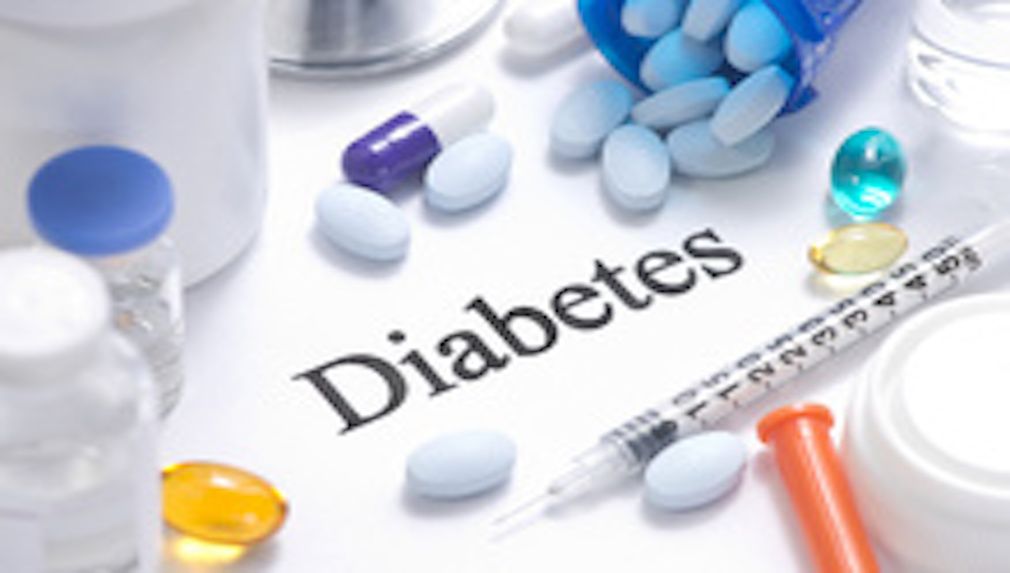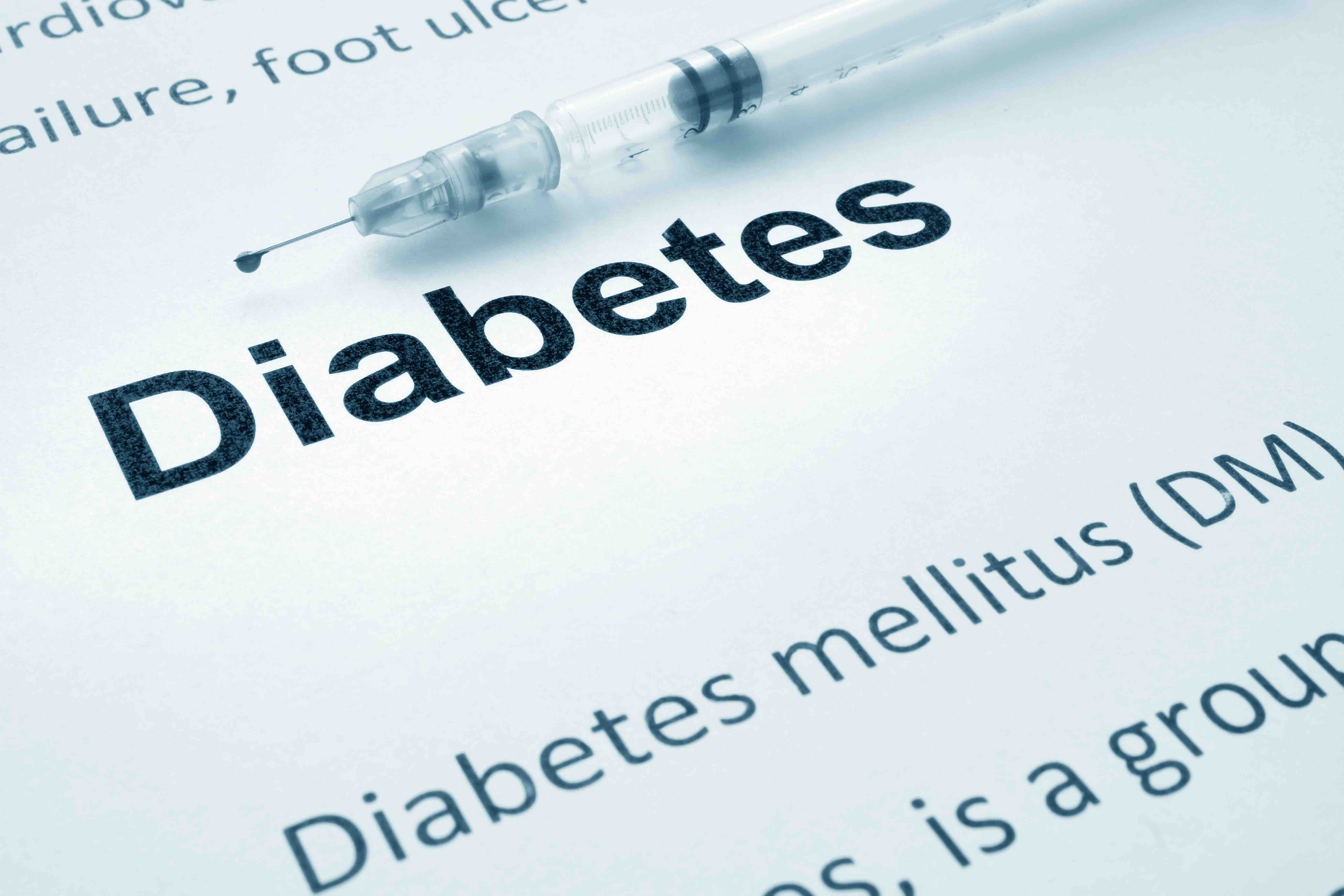Article
Aflibercept Outperforms Bevacizumab for DME in Patients With Moderate Vision Loss
Author(s):
The results at 2 years show that aflibercept, marketed as Eylea, have benefits over bevacizumab for patients who start treatment with vision of 20/50 or worse.
Results of a 2-year trial show that patients who have already experienced moderate vision loss from diabetic macular edema (DME) would be better off using aflibercept (Eylea) than trying to get by with a cancer drug that some have used for the condition to save money.
The National Institutes of Health (NIH) issued a press release today to announce results of study, conducted by the Diabetic Clinical Research Network and funded by the National Eye Institute.
Aflibercept and ranibizumab (Lucentis) are specifically approved by FDA to treat DME and other ocular conditions, while bevacizumab (Avastin), another drug in the class of VEGF inhibitors, is approved to treat a number of metastatic cancers. The NIH study first reported results a year ago and found a clear advantage for aflibercept for patients with vision of 20/50 or worse at the start of treatment.
At the 2 year mark, the FDA-approved treatments, aflibercept and ranibizumab, showed no statistical difference for patients who started with at least moderate vision loss (20/50 or worse). For those with vision of 20/32 to 20/40 at the start of treatment, all 3 drugs produced about the same results, according to the NIH statement.
DME occurs when diabetes progresses to the point that central vision blurs due to leakage of fluid from abnormal blood vessels in the retina. The macula is the area of the retina used when straight forward. During treatment, the drug is injected into the eye and blocks the vascular endothelial growth factor that normally promotes blood vessel growth and causes the leakage.
While the 3 therapies have a similar mechanism of action, they differ substantially in cost, with bevacizumab costing $60 a dose, compared with $1850 for aflibercept and $1200 for ranibizumab.
Besides different results, dosing protocols are not the same; both aflibercept and ranibizumab require dosing every 4 weeks for the first 5 cycles, but then aflibercept only requires dosing every 8 weeks. A 2015 analysis by Adverse Events, now Advera Health Analytics, found that this difference, among others, meant that aflibercept was actually more cost-effective in the long run.
The study enrolled 660 people at 89 clinical trial sites; participants could have type 1 or type 2 diabetes, and they had an average age of 61 years. Participants were randomly assigned to take 1 of the 3 study drugs and evaluated once a month for the first year, and between every 4 and 16 weeks during the second year.
According to NIH, most participants received monthly injections during the first 6 months, and then additional injections until DME resolved or vision did not improve. Injections could resume if DME worsened, and laser treatments could be added if DME persisted. Before the anti-VEGF class of therapies became standard, laser treatment was the only option for DME patients.
John A. Wells, MD, the lead author of the study and a specialist at Palmetto Retina Center in Columbia, SC, said, “The study suggests there is little advantage of choosing Eylea or Lucentis over Avastin when a patient’s loss of visual acuity from macular edema is mild, meaning visual acuity is 20/40 or better. However, patients with 20/50 or worse vision loss may benefit from Eylea, which over the course of the 2-year study outperformed Lucentis and Avastin.”
The number of injections needed was about the same for all 3 treatment groups, according to the statement from NIH.
Results were published in Ophthalmology, the journal of the American Academy of Ophthalmology.
Reference
Wells JA, Glassman AR, Ayala AR, et al. Aflibercept, bevacizumab, or ranibizumab for diabetic macular edema: two-year results from a comparative effectiveness randomized clinical trial published online February 29, 2016]. Ophthalmology. 2016. DOI: http://dx.doi.org/10.1016/j.ophtha.2016.02.022





